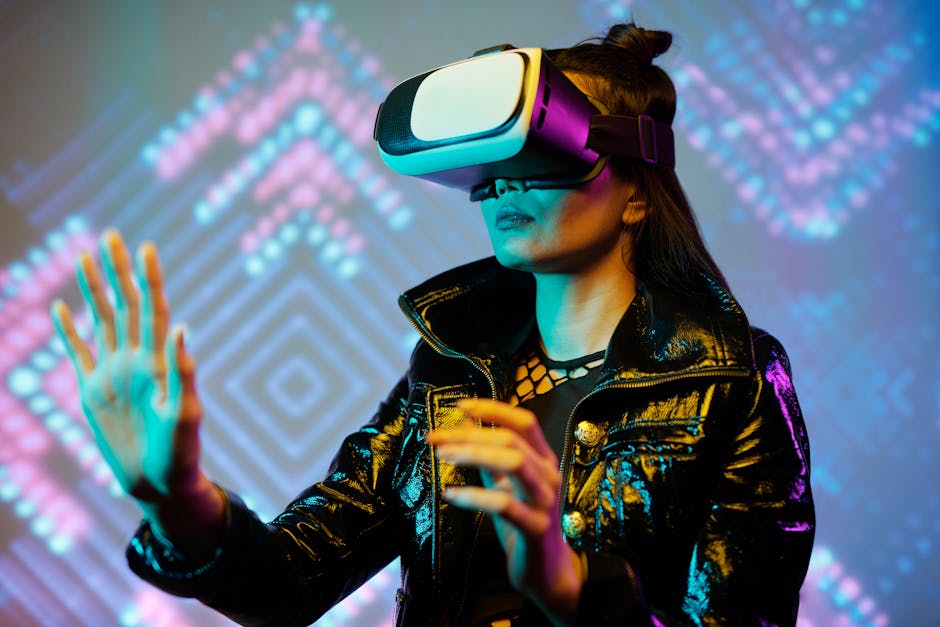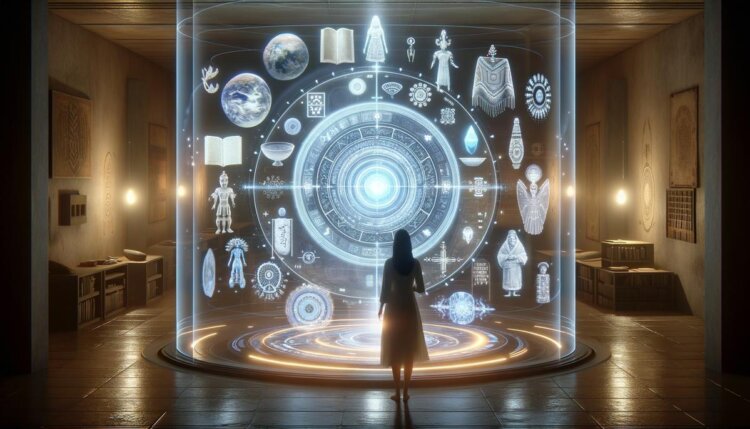Challenges of Cultural Preservation
In our digital world, preserving cultural heritage has become urgent. Indigenous communities face significant hurdles: globalization, urbanization, and the erosion of languages and customs.
Globalization acts like a cultural blender, potentially overshadowing unique traditions. You might find a tribal elder scrolling through memes while ancient stories gather dust. Urbanization transforms serene landscapes into bustling cities, often disconnecting people from their roots.
Perhaps the most pressing challenge is the threat to languages and customs. When a language fades, it takes with it knowledge, stories, and unique insights. Customs, dances, and ceremonies risk being sidelined by modernity.
The urgency to preserve these heritage gems is real. They're not just traditions; they're living pieces of identity. Without them, generations might grow up missing crucial chapters of their history.
Finding solutions is key. The same technology contributing to these challenges can be used to document languages, archive practices, and foster connections. It's a delicate balance between tradition and advancement, with the hope that culture can thrive in this digital age.
Technology in Cultural Preservation
In the race to preserve our cultural mosaic, digital tools are paving the way forward. Digital archiving acts like a safety deposit box for culture, carefully cataloging motifs and turning tradition into high-resolution treasures accessible from our phones.
Language revitalization apps transform endangered languages into interactive adventures. You can now learn your ancestors' ancient tongue as easily as streaming a video, weaving threads of understanding into your digital world.
Virtual experiences offer immersive portals to distant traditions. Imagine stepping into an indigenous celebration through VR, feeling part of the dance and enriching your appreciation of a far-off culture.
Technology becomes both lamp and guide, illuminating once-shadowed paths. It's about balance, respecting the old while embracing the new, ensuring our cultural heritage thrives as a living testament to human creativity and resilience.
Each of us plays a role in this grand story. Whether documenting family recipes online or teaching a child a phrase in your ancestral language, you're a guardian of culture. Through our screens, we cherish the past, engage with the present, and shape a future where every pixel sings the song of our shared humanity.
Digital Art's Role in Preservation
Digital art plays a crucial role in cultural preservation, adapting to our evolving landscape while safeguarding its essence. It serves as a guardian of cultural heritage, creating high-resolution records that stand the test of time.
Virtual exhibitions break down barriers of geography and time. Imagine wandering through a digital gallery where ancient artifacts sit alongside modern creations, each piece a portal to a different era.
Immersive experiences thrust us into living stories where history meets innovation. With VR, you might find yourself surrounded by Egyptian hieroglyphs or within the strokes of a Van Gogh painting, becoming part of the art itself.
As a contemporary expression, digital art challenges conventions and redefines boundaries. Digital artists are modern-day alchemists, turning code into emotion and screens into canvases. They craft tales that connect cultures and provoke thought.
This digital renaissance fosters cultural understanding, bridging divides with each stroke. It invites us to see the world through different lenses, partaking in a living dialogue where past, present, and future converge.

Blockchain and Cultural Preservation
Blockchain technology stands as both guardian and scribe in cultural preservation, safeguarding our collective memory with cryptographic prowess and decentralized wisdom. It operates on the principle that history, like culture, should belong to everyone.
When a cultural artifact is digitized and stored on a blockchain, it gains an added layer of authenticity. The record becomes a tamper-proof portal, timestamped and verified for generations to come.
Blockchain's decentralized nature means records are scattered across multiple nodes, ensuring cultural heritage remains indelible. Communities can come together, turning cultural preservation into a collective endeavor.
With blockchain, we unlock new potentials for remembrance and inheritance. Digital wills could allocate cultural assets across generations, ensuring an unbroken lineage of knowledge and tradition.
However, blockchain must navigate ethical concerns and energy consumption issues. Preservationists are challenged to innovate solutions that balance ecological impact with digital security.
By coupling blockchain with cultural stewardship, we create a new kind of memorial—a living testament that not only remembers but celebrates us in enduring pixels and immutable code.
Future of Digital Preservation
The future of digital preservation shimmers with promise and innovation. Artificial Intelligence could become a savvy assistant, helping to archive, organize, and protect cultural memorabilia. Imagine AI predicting which digital formats might become endangered and ensuring those treasures get priority treatment.
Decentralized models could create a digital library in the cloud, unshackled from any single repository. Cultural artifacts could be scattered across a network of nodes, each a protector in its own right. This approach could extend access to every digital citizen, ensuring cultural treasures aren't locked behind server doors.
As we look toward this horizon, we must tackle issues like environmental impact. Sustainability needs to be at the heart of our digital ambitions. Picture solar-powered server farms or data centers cooled by tiny wind turbines.
These technological strides could set the stage for a future where cultural heritage is more accessible, engaging, and enlightening than ever. It's about crafting a world where cultural heritage not only withstands the test of time but flourishes for all who explore digital landscapes.
In a world where technology and tradition often clash, the heart of cultural preservation beats steadily. The balance between honoring our past and embracing the future is not just a challenge but an opportunity to keep our shared stories alive.
- UNESCO. Re|Shaping Cultural Policies. 2018.
- CyArk. Digital Preservation of Cultural Heritage Sites. 2021.
- Internet World Stats. Internet World Users by Language. 2021.






















